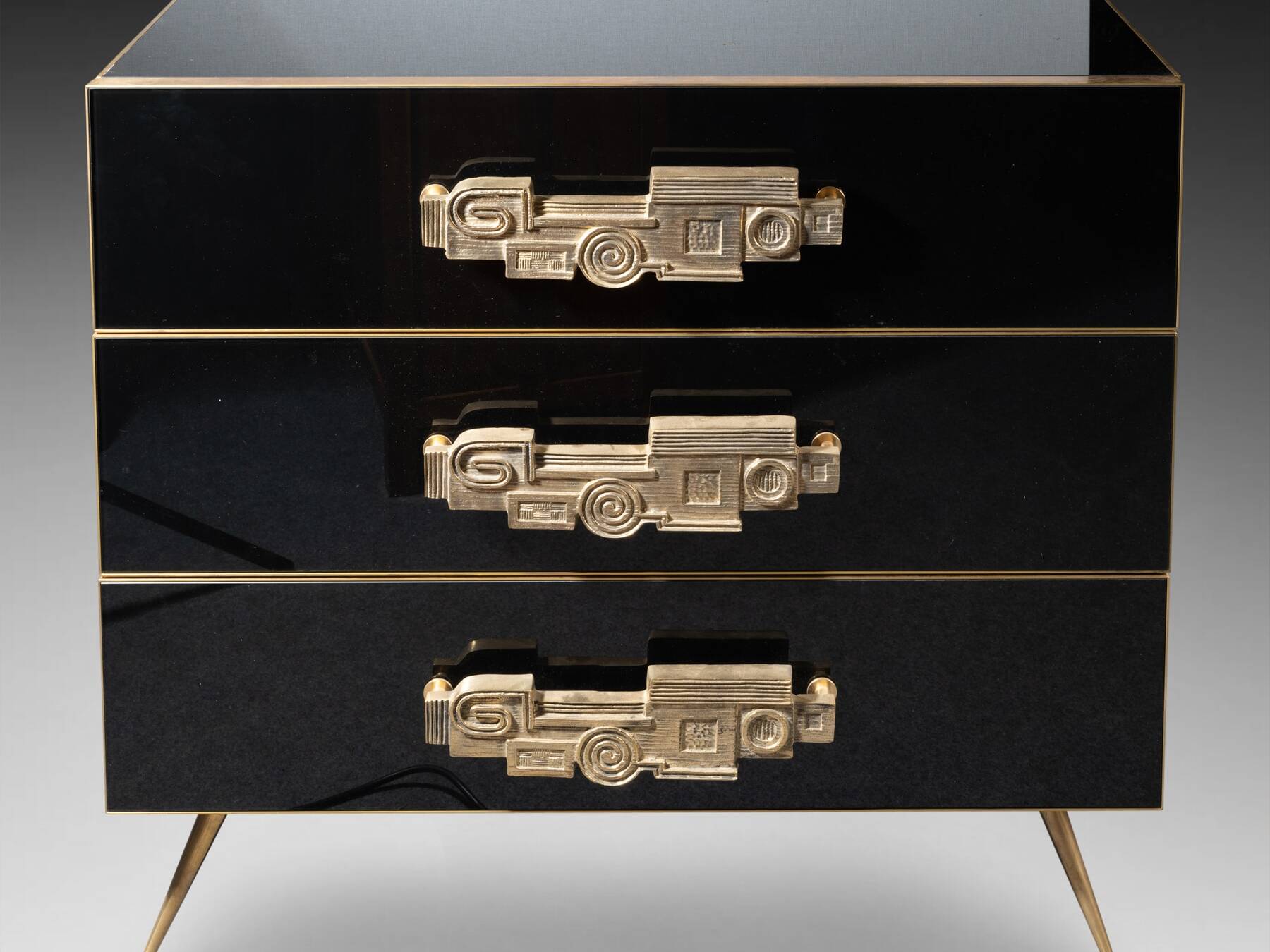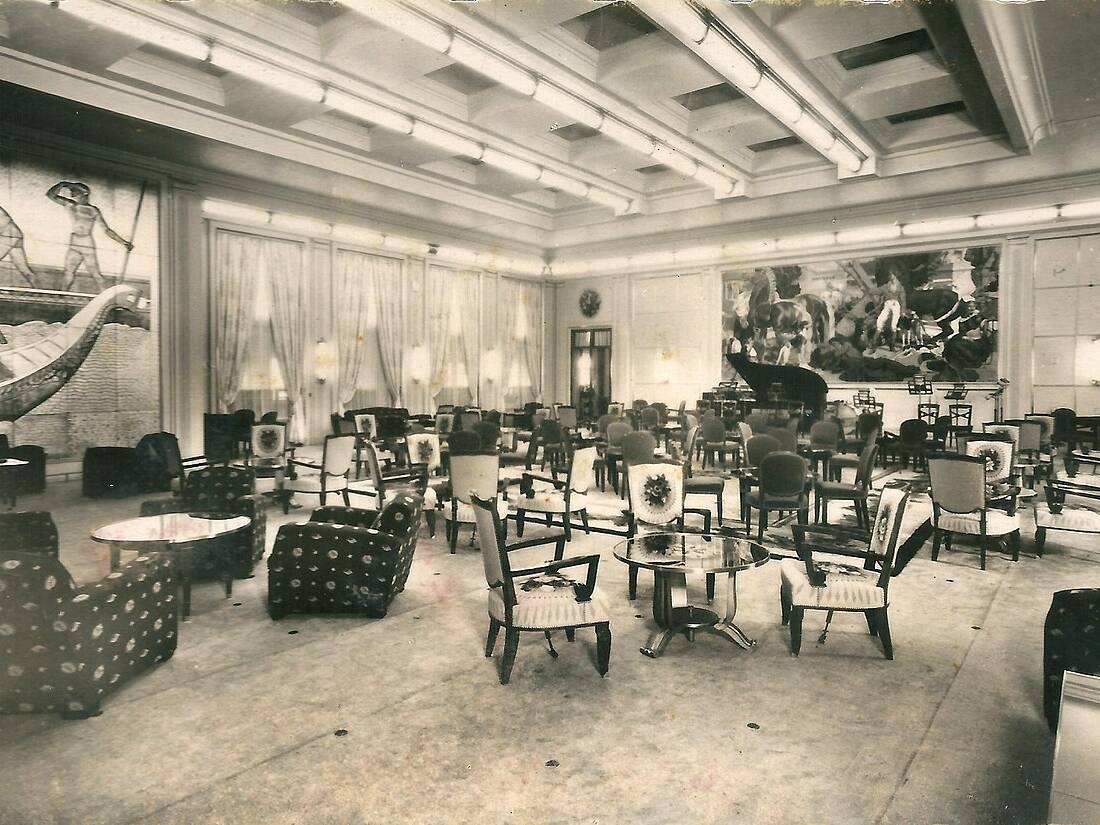Consume Better
The first step to preserving the environment is not so much to consume less as not to buy a piece of furniture or a new object when one or the other already exists and is offered for sale. Now the second hand does not always rhyme with poor quality, quite the contrary! IJust take a look at an IKEA piece of furniture after two years of life and compare it to a chest of drawers from the beginning of the 19th century which, for its part, displays on the counter… two hundred years old!
Mass production in the second half of the 20th century brought to the market thousands of pieces of furniture and decorative objects produced in series, in a hurry and very often of mediocre quality. If they respond to a versatile fashion, a passing desire, they are most often soulless and have difficulty going through the years. This mode of production initiated in the aftermath of the industrial revolution in the middle of the 19th century has, of course, not only created poor quality. As in all eras, different productions rub shoulders and coexist, some with more success than others. This is why antique dealers have always been involved in the transmission of cultural heritage and have now become actors in the ecological transition. As custodians of qualitative productions of past years and centuries, they guarantee durable furniture, able to stand the test of time without going out of style and able to satisfy all tastes and budgets.
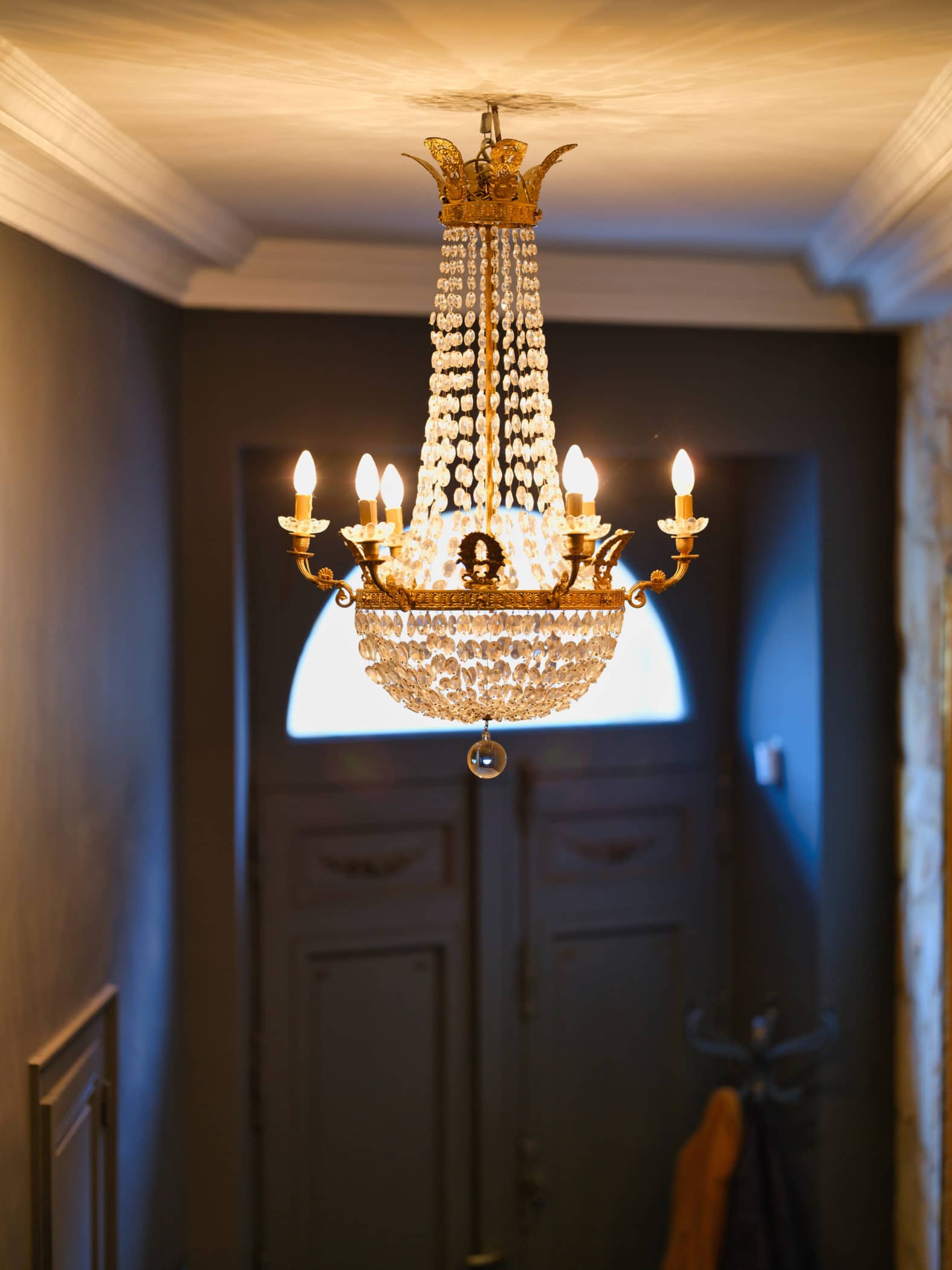
Because if fashions change, the qualities and shapes of the pieces that perfectly meet the functions and uses are a guarantee of timelessness. By choosing to buy from antique dealers, consumers are truly acting for the environment: no new resources are called upon, no trees are cut down. The carbon footprint of a piece of furniture or an old object is thus perfectly neutral.
Unique Furniture and Objects
The stereotypical interiors, resembling a decorating store show space, have been widely mocked. And for good reason: mass production requires the standardization of tastes but paradoxically boasts of reflecting the personality of the buyer! This consensual fool’s game nevertheless has a reassuring aspect and this is undoubtedly the reason for its success. By buying furniture and objects seen in others’home, the customer no longer fears a lack of taste… even if it means accepting to live in an unremarkable and characterless interior.
The purchase of antiques is in every way opposed to this conception of the interior: the objects found by antique dealers are unique or have been produced in very small quantities. The customer is thus directly involved in the choice of his interior, his tastes are no longer dictated by uniformity and the antique dealers also offer good advice to encourage them to assert their personality. For those who are always afraid of an aesthetic misstep, antiques professionals are familiar with the main rules of interior design and are thus able to guide you in your choices. With a little patience, tastes take shape and choices are affirmed!

Take the Time
This is another facet of the antiques market that is coming back to the fore today: taking your time. Mass production has for too long driven consumers to quick purchases, constant consumption and compulsive abandonment. Yet, bad qualities are precisely not designed so that furniture and objects last over time. Then, a circle is set up: purchase, rapid consumption, weariness and rejection. Not content with creating frustration, this perverse system pollutes and mistreats the environment.
Wouldn’t it be time to take the time again? Take the time to choose the piece that fits perfectly, the one that combines quality and durability, aesthetics and use. The antique dealer promotes these approaches by hunting for you, promoting unique and solid, elegant and practical furniture.
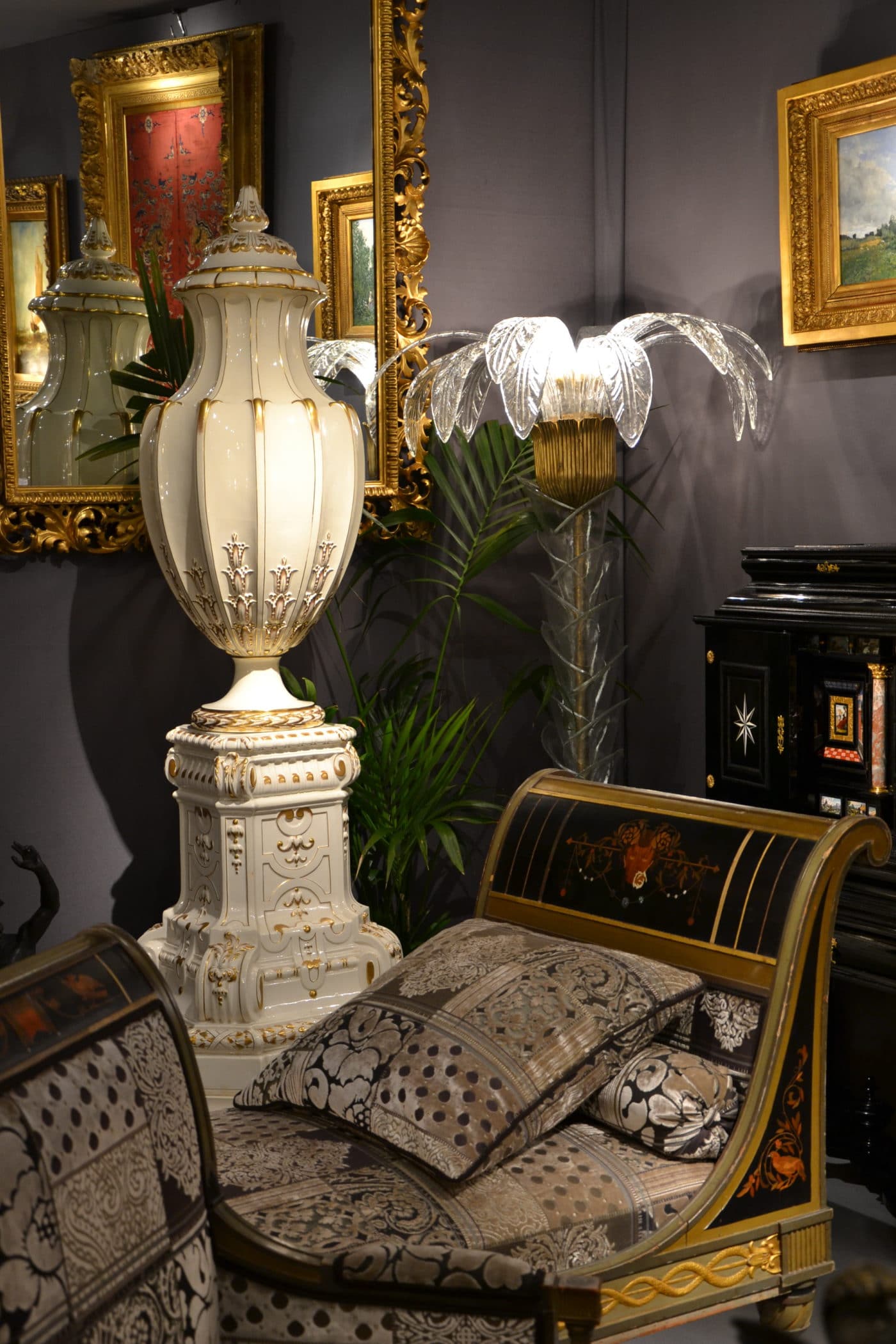
It is sometimes necessary to show patience before finding the rare gem, but this patience is largely rewarded by the reception of a piece of furniture, an object or a work of art which then become companions of life and no longer mere decorative pieces.
Desire is the enemy of weariness and in this area, the antiques market is a real source of joy: curiosity is nourished and enriched by new discoveries and the soul feasts on beauty, for a viewing pleasure always renewed!
Antiquity: an Ecological and Economical Choice
Who says mass production says low prices, sales and other destockings. If this solution seems attractive, it is however far from being economical. If you have to buy them back every 4 or 5 years, the accumulation of purchases does not ultimately make mass-produced furniture and objects as economical as they claim… Not to mention the carbon footprint linked to the manufacture of the pieces, the use of natural resources, transport and packaging.
Of course, antique pieces – which include mid-century or designer pieces dating from the 20th century – are often more expensive than those that come out brand new from a furniture or decoration store. On the other hand, their lifespan is notoriously longer! While the average lifespan of self-assembly furniture is around 10 years and largely depends on the quality of assembly, that of antique furniture is around two hundred years and often exceeds several centuries…
This is again a question of choice: on one hand excessive consumption, immediacy at a low price and of mediocre quality, and on the other hand, a reasoned choice, requiring a little more patience and financial investment but largely amortized over several (hundreds) of years.
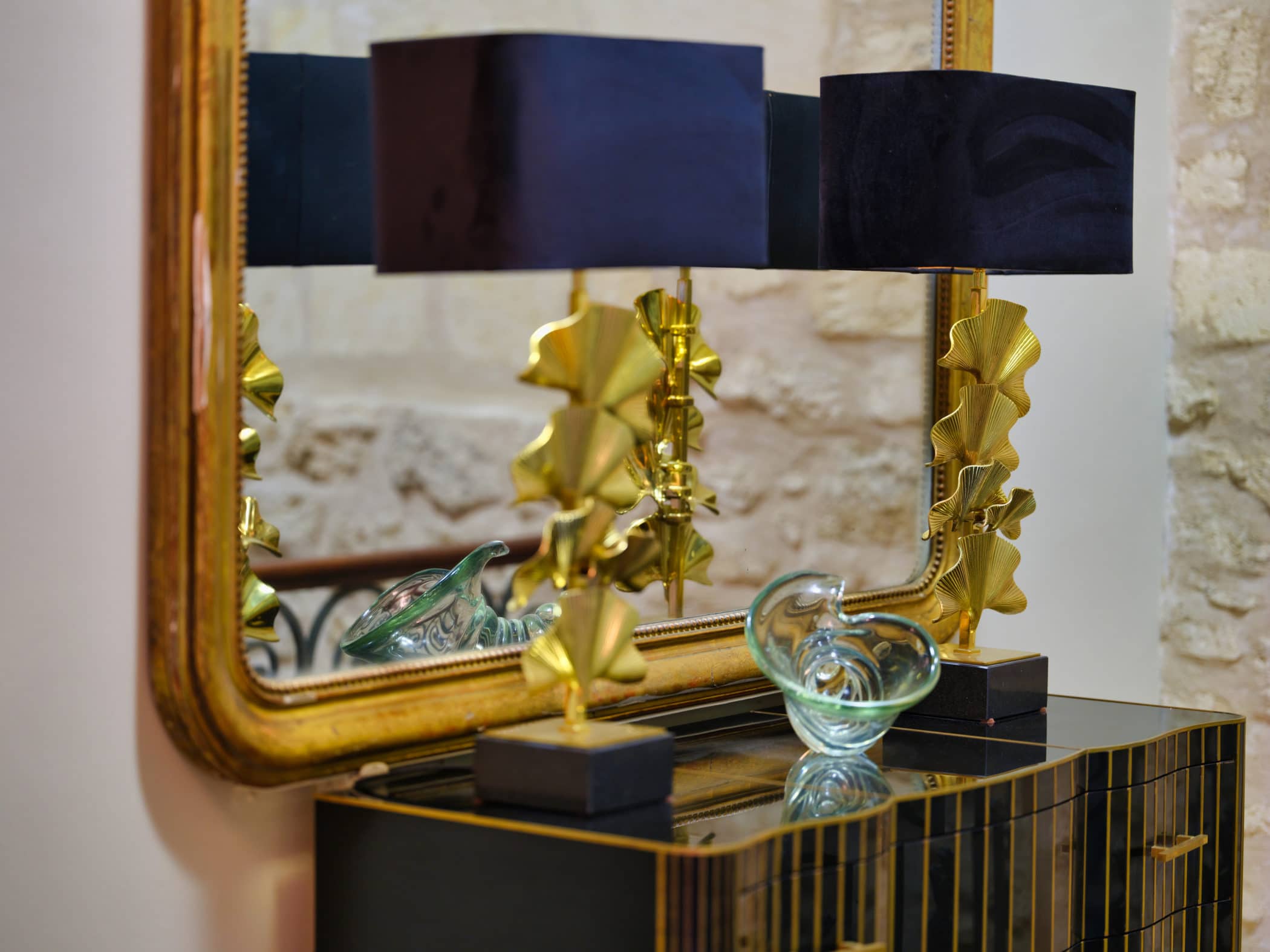
Antiquity has a bright future ahead of it. By promoting the productions of the past, antique dealers keep alive a heritage that is not only the prerogative of museums and castles. Thanks to this, craftsmen can practice their art, restore old pieces and perfect their techniques to create new pieces that will be the heritage of tomorrow. By preferring antiquity and the creation of artistic crafts, consumers have the opportunity to act concretely on ecology, the preservation of know-how and cultural heritage.
If, sometimes, a piece bought for pleasure turns out to be a gem signed by a great or a small master, all have in common their singularity, their character. If some consider that antiquity rhymes with old-fashioned, a quick tour of this website should convince them of the opposite!
Autres ressources et documentations
28 June 2025
Plaster Sculptures, Plaster Casts
For a long time, plaster casts suffered from a poor reputation. Often regarded as crude replicas, and sometimes even dismissed as inexpensive imitations, they nonetheless had…
17 April 2025
The Middle-Ages Furniture
Rare and highly sought-after, Middle-Ages furniture is making a strong comeback. An overview of this market, where enlisting the guidance of a professional is strongly advisable.
18 March 2025
Murano Glass Furniture
Since the beginning of the 20th century, Murano glassmakers have been exploring new horizons. After classic lighting and decorative art, Murano glass is now used to adorn…
16 December 2024
A bronze triton after the sculptures of François Girardon (1628 – 1715) in Versailles
This fountain element is all the more admirable as it is sculpted after the masterpieces of the Pyramid Basin, on the parterre of the North Wing of the Versailles gardens.
18 November 2024
Tyco Bookcase, by Manfredo Massironi, for Nikol International
A pure creation of optical art research in the 1960s, the Tyco library shelf designed by Manfredo Massironi invites the viewer to bring the work of art to life on a daily basis.
3 August 2024
The Ocean Liner Style
In the 20th century, the immense ocean liners connecting the Old Continent and the New World were ambassadors of tastes and innovations on both sides of the Atlantic.



